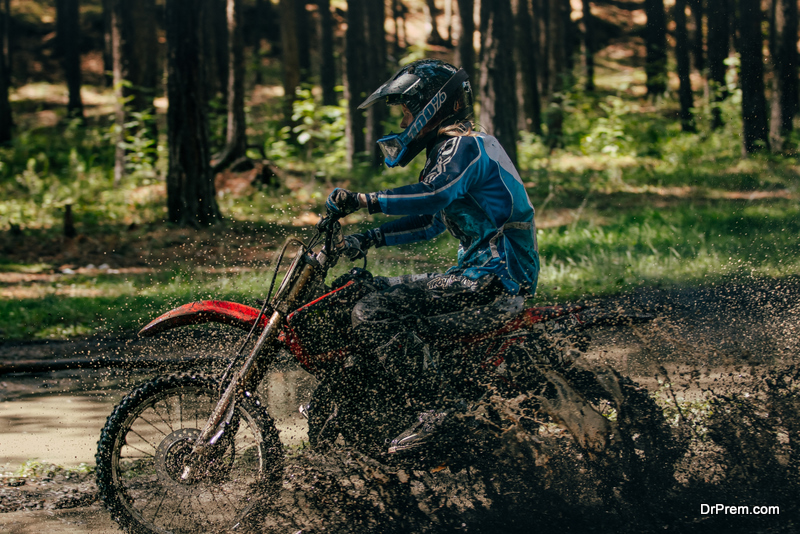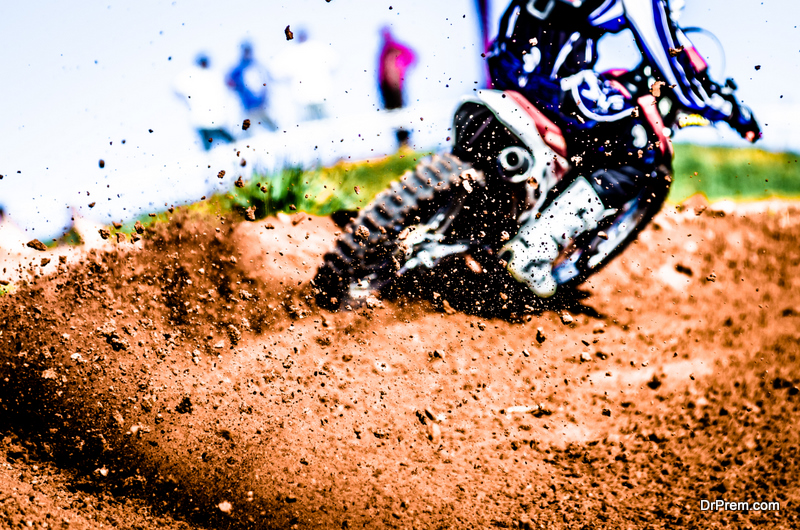In this article we will attempt to indicate you how you can better adjust the suspensions of your dirt bike. We will begin with general rules that can be used in ideal conditions. We will try to provide all the necessary details regarding different types of terrain and/or meteorological conditions that you might confront along with the necessary adaptations.
Whether you are an expert or a beginner, you must know by now the major and basic principles that underlie the functions and the settings of a dirt bike suspension. Theory is okay but it is time to see how these things work in practice. Firstly, we will try to assist you with better setting up your bike so as to be ready to be used in optimal conditions. And that means in good weather, in good land and with a good grip. Then, we will examine certain principles that work everywhere and that will permit you to refine your settings according to certain principal types of land and meteorological conditions.
Fork and compression settings according to land type

Concrete ground: This land type is evident in the South. If you use your dirt bike on concrete ground, you need to liberate (loosen) lightly your shock absorber compression and the fork (between 2 and 5 notches). The relaxation of the shock absorber must also made loose, only by 2 or 3 notches.
In the mud: The day starts with every sign of rain and covered with mud your bike will become heavier as the hours pass. You should loosen your compression (shock absorber and fork) due to the fact that your bike has gained weight. The ideal will be to redo the prestress setting of the shock absorber spring upon returning back from the tests. This will allow it to relax and you will also avoid calibration.
In the sand: The same things apply here with the mud environment. You should curb (tighten) the compression settings (shock absorbed and fork) by 2 to 5 notches. The relaxation of the shock absorber should be halted to 2 or 3 notches.
In plain field (prairie): Given the fact that there will be no jumps, this will allow to roll with your suspensions very liberated, always keeping in mind the following target: to make the fork, the shock absorber and the suspension work perfectly during the entire duration of the day.
All the above require regular testing and advice from professional. Always remember not to put yourself, others and your health in jeopardy and follow instructions from mechanics and from trained professionals. If you adjust your Dirt bike suspension tuning accordingly and follow all the rules, there is no road that you cannot go, no land that you cannot travel safely. And remember also to try every new dirt bike suspension setting at your own ease and speed. This way, when you find yourself in real conditions, you will not face any issue at all with your bike and with your health.
Article Submitted By Community Writer




